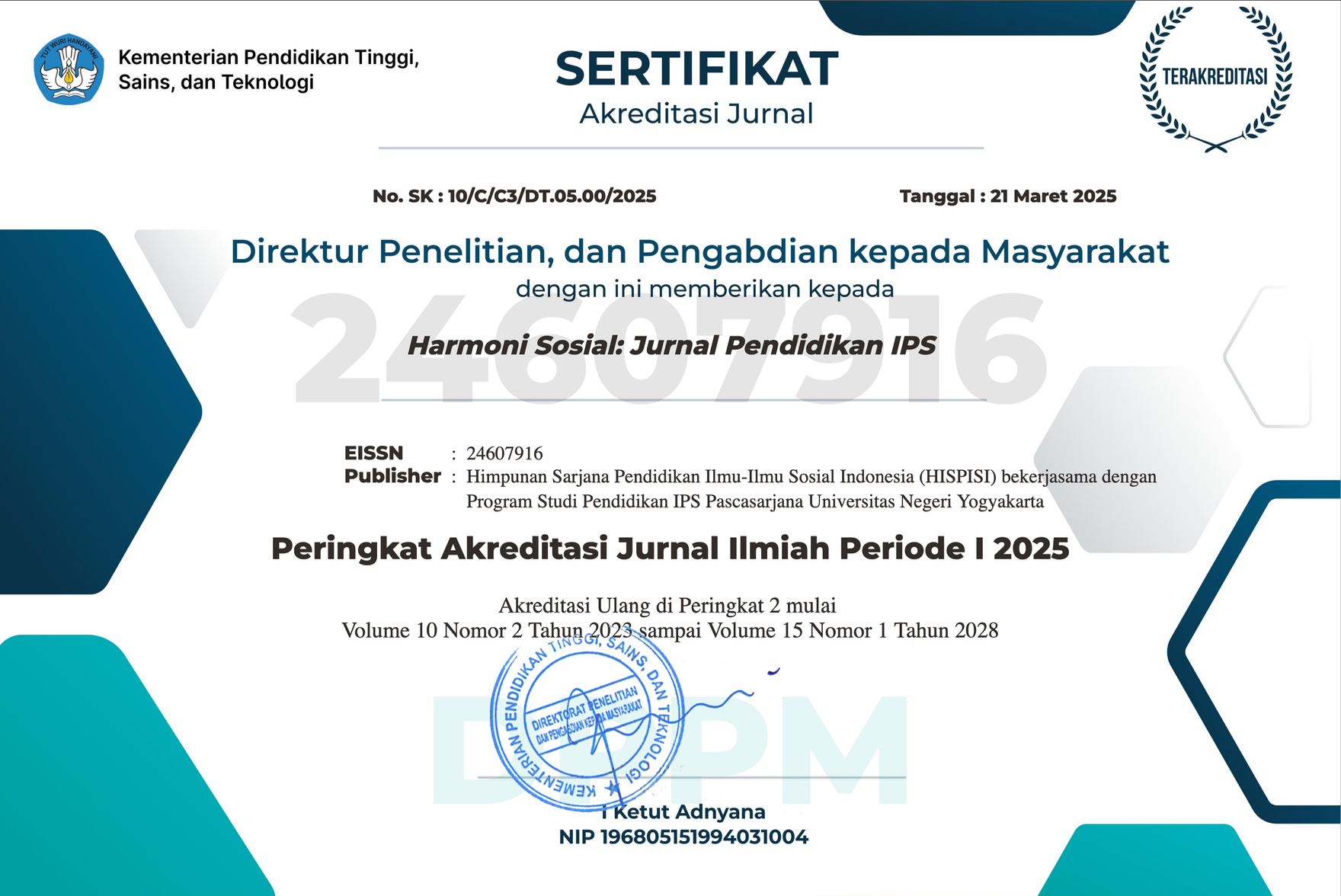Gender differences: Participation in agricultural production in Ethiopia
Downloads
Women occupy disadvantaged position despite their immense labor contributions to paid and unpaid activities. This study investigated gender differences pertaining to domestic and agricultural activities. The study employed a cross sectional survey design with a mixed research approach of data collection and analysis. Among 17th kebeles that are found in Yayo district, Witate and Hamuma were selected purposively. By doing so, among the total 2060 husbands and wives who live together, 324 of them were picked randomly by using Raosoft sample size determination formula. Descriptive statistics, independent T-test and chi-square were used as quantitative methods of data analysis were as thematic analysis was used as a qualitative method of data analysis. The study revealed that rural women had higher participation in agricultural activities such as weeding, threshing and storing, marketing and livestock management than men. Chi-square test showed that there were an association between gender and participation in decision making with regard to using agricultural inputs, poultry production and household expenditures. With regard to participation in human capitals such as training on agriculture and rural development, chi-square showed significant gender differences between responding husbands and wives. Therefore, it demands an effective policy intervention and awareness creation to address women's working conditions.
Downloads
African Development Bank, (2004). Ethiopia multi-Sector Country Gender Profile.Agricultureand rural development North east and south region (ONAR).
Ali, H. (2014). An Assessment of women farmers' participation in agricultural extension services for income and nutrition improvement in Ethiopia: The case of Becho district, South West Oromia (Doctoral dissertation). Addis Ababa University, Ethiopia.
Bassazenew, A. (2008). Gender and agricultural production in Ethiopia: The case of Gozamen Woreda, Amhara Region (Doctoral dissertation). Addis Ababa University.
Cherinet, H., & Mulugeta, E. (2003). Towards gender equality in Ethiopia. Stockholm: Swedish International Development Cooperation Agency.
Community-supported Agriculture & World Bank. (2013). Ethiopia Rural Socio-economic Survey (ERSS). Addis Abeba and Washington. DC: CSA and World Bank.
Elias, A., Nohmi, M., Yasunobu, K., & Ishida, A. (2014). Does gender division of labour matters for the differences in access to agricultural extension services? A case study in North West Ethiopia. Journal of agricultural science, 7(1), 138-147. doi:http://dx.doi.org/10.5539/jas.v7n1p138
Food and Agriculture Organization. (2011). The state of food and agriculture-women in agriculture closing the gender gap for development.
Food and Agriculture Organization. (2017). The future of food and agriculture: Trends and challanges. Rome.
Ferrant, G., Pesando, L. M., & Nowacka, K. (2014). Unpaid care work: The missing link in the analysis of gender gaps in labour outcomes. OECD Development Center.
Grewal, B., Grunfeld, H., & Sheehan, P. (2012). The contribution of agricultural growth to poverty reduction. Canberra, Australia: Australian Centre for International Agricultural Research (ACIAR).
Hailu, B. K., Abrha, B. K., &Weldegiorgis, K. A. (2014). Adoption and impact of agricultural technologies on farm income: Evidence from southern Tigray, northern Ethiopia. International Journal of Food and Agricultural Economics (IJFAEC), 2(4), 91-106. doi:http://dx.doi.org/10.22004/ag.econ.190816
Kifle, D. (2013). Gender role in agricultural production in some parts of Ethiopia: A brief review. International Journal of Research in Applied, Natural and Social Sciences, 1(2), 49-52.
Malapit, H. J., Pinkstaff, C., Sproule, K., Kovarik, C., Quisumbing, A. R., & Meinzen-Dick, R. S. (2017). The abbreviated women's empowerment in agriculture index (A-WEAI). IFPRI Discussion Paper 1647.
Mukasa, A. N., & Salami, A. O. (2015). Gender productivity differentials among smallholder farmers in Africa: A cross-country comparison. African Development Bank.
Mulema, A., & Damtew, E. (2016). Gender-based constraints and opportunities to agricultural intensification in Ethiopia: A systematic review. ILRI (aka ILCA and ILRAD).
Okonya, J. S., & Kroschel, J. (2014). Gender differences in access and use of selected productive resources among sweet potato farmers in Uganda. Agriculture & Food Security, 3(1), 1-10. doi:https://doi.org/10.1186/2048-7010-3-1
Palacios-Lopez, A., Christiaensen, L., & Kilic, T. (2015). How much of the labor in African agriculture is provided by women?. The World Bank.
Ragasa, C., Berhane, G., Tadesse, F., & Taffesse, A. S. (2013). Gender differences in access to extension services and agricultural productivity. The Journal of Agricultural Education and Extension, 19(5), 437-468. doi:http://dx.doi.org/10.1080/1389224X.2013.817343
World Bank. (2015). The cost of the gender gap in agricultural productivity in Malawi, Tanzania, and Uganda (English). Washington, D.C.: World Bank Group.
Yilmana Denesa Wereda Agricultural and Rural Development Office Office. (2017). Unpublished document from Yayo District.
The Authors submitting a manuscript do so on the understanding that if accepted for publication, copyright publishing of the article shall be assigned to Harmoni Sosial: Jurnal Pendidikan IPS
 | Harmoni Sosial: Jurnal Pendidikan IPS by http://journal.uny.ac.id/index.php/hsjpi is licensed under a Creative Commons Attribution-ShareAlike 4.0 International License. |









 ISSN Print
ISSN Print









